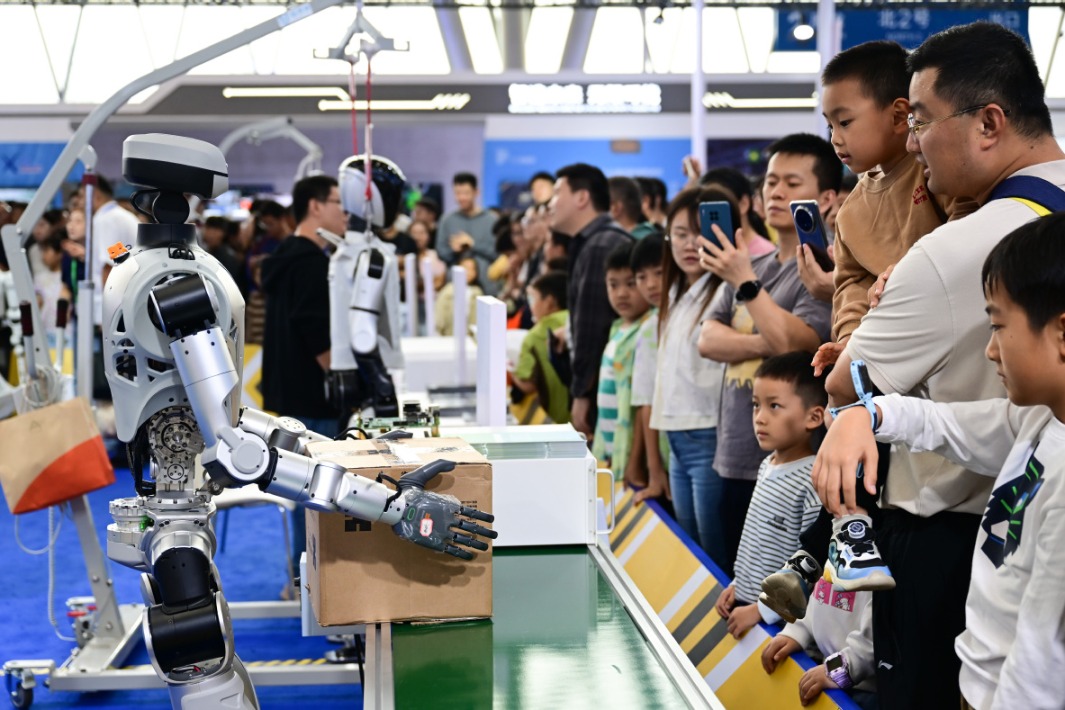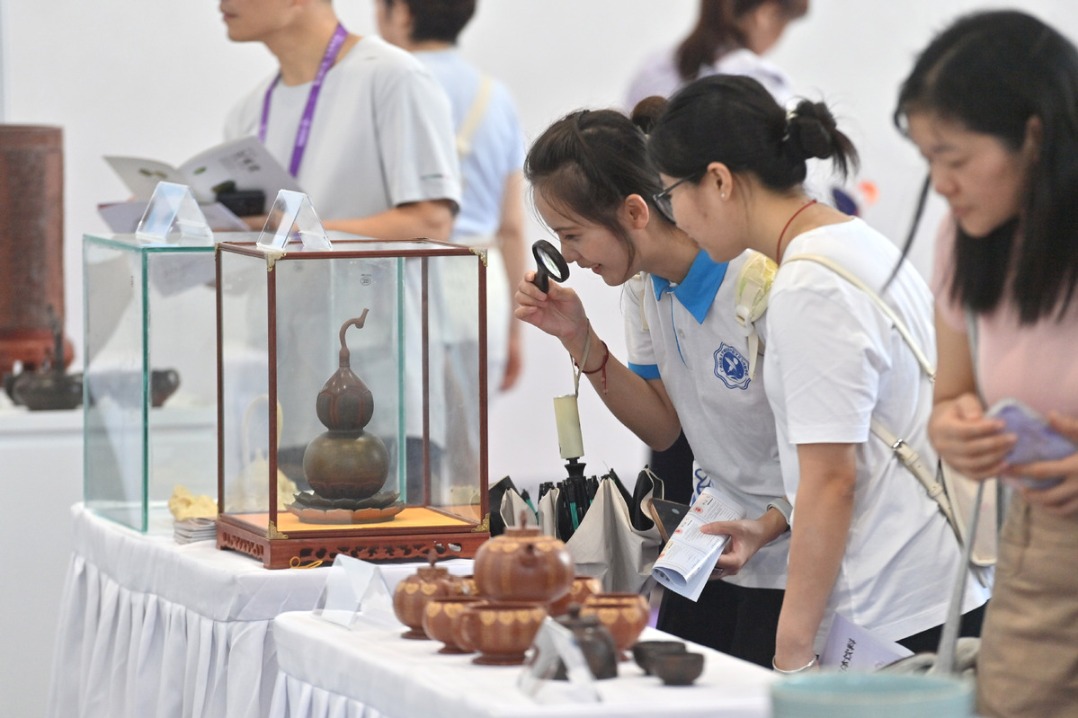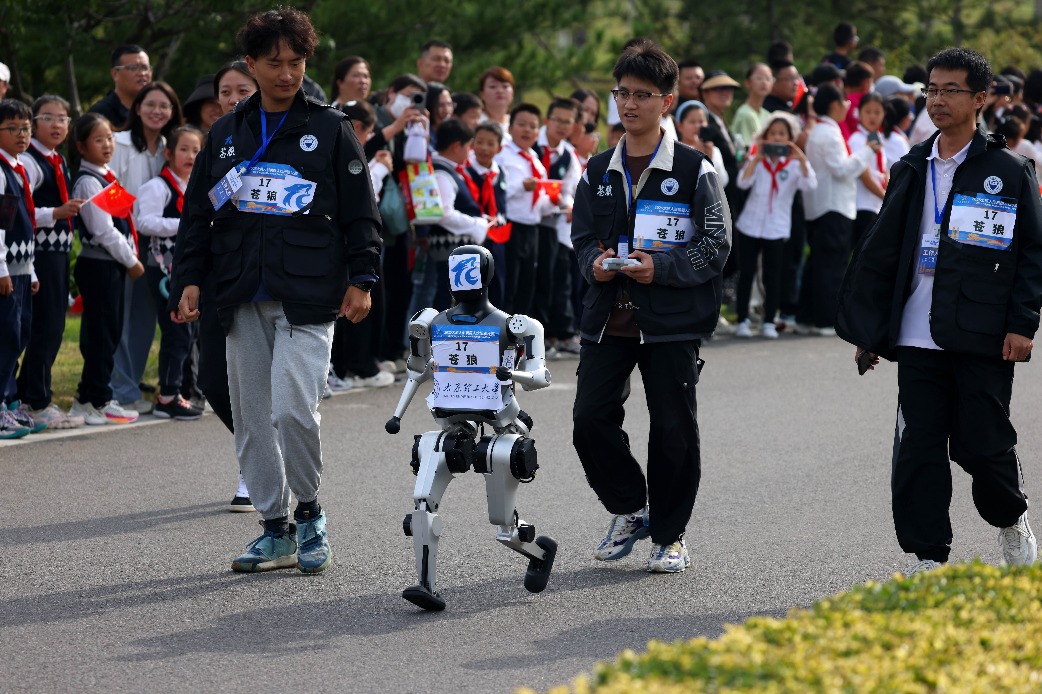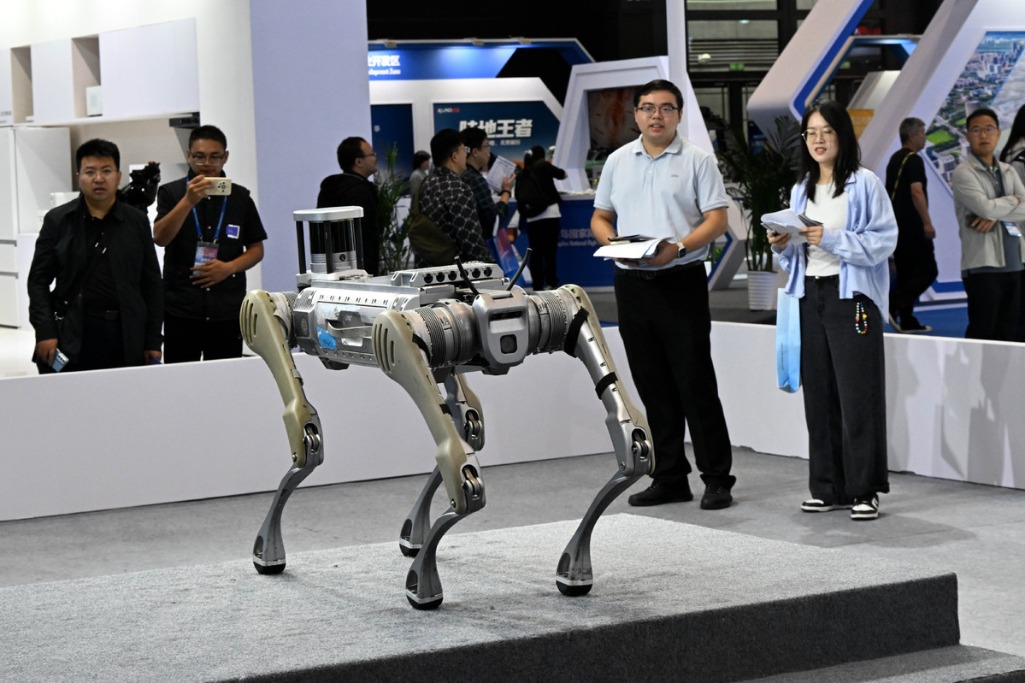RMB loans, key gauge signal stable growth

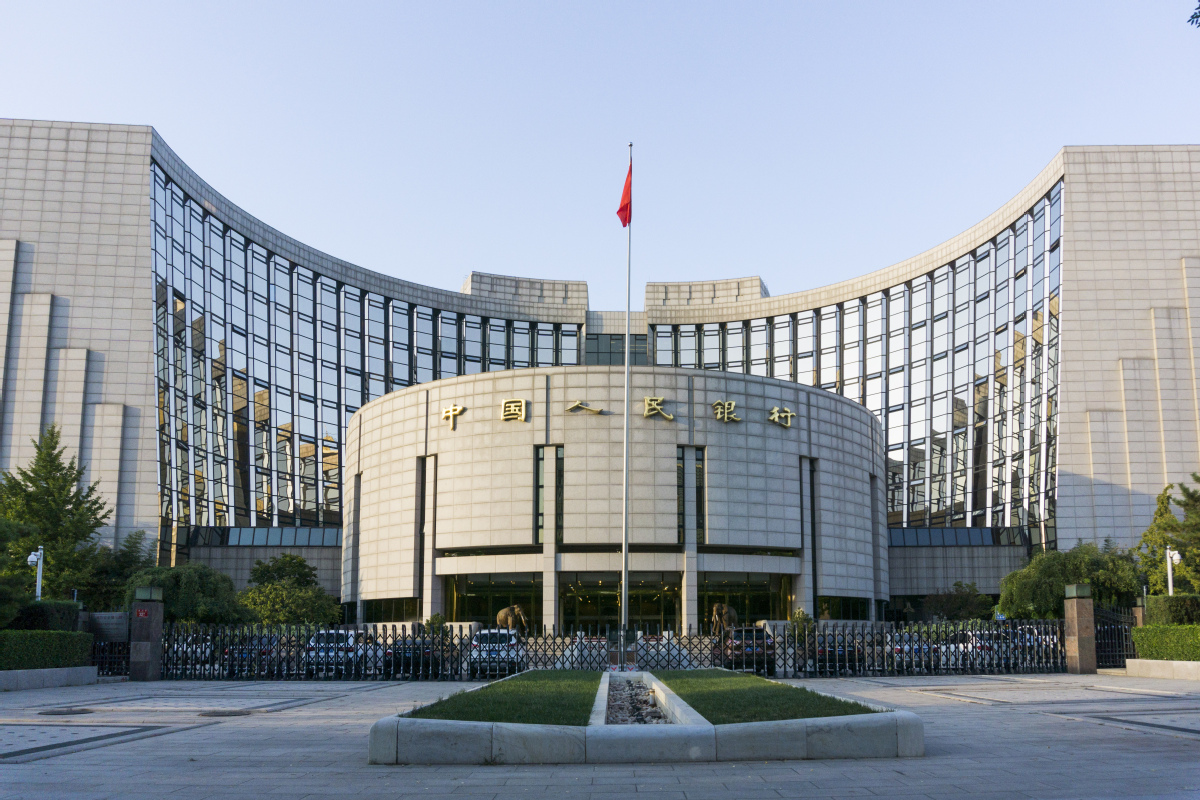
Rise in aggregate financing to real economy in Jan up by 19.5% y-o-y
Newly adopted policies to ensure China's economic growth remains stable this year onward are showing positive effects already, in the form of overall bullish renminbi loans and aggregate financing to the real economy-AFRE-in January, experts said on Friday.
Their remarks emerged after the People' Bank of China, the central bank, released data on Thursday showing renminbi loans in January came in at 3.98 trillion yuan ($626 billion), a new monthly high. Compared with January 2021 data, the number increased by 394.4 billion yuan.
Zhang Xu, chief fixed income analyst at Everbright Securities, said the surge can be largely attributed to monetary policy adjustments launched ahead of the economic cycle, which helped stabilize the credit environment.
Company loans accounted for 84.4 percent of new loans in January, the highest share since February 2021. Short-term company loans rose by 434.5 billion yuan year-on-year in January while commercial papers increased by 319.3 billion yuan. New mid- to long-term loans also rose by nearly 60 billion yuan year-on-year in January.
Liang Si, a researcher with Bank of China, said the rise in short-term loans mainly caters to companies' financing demand to combat the lingering negative impact of the COVID-19.
More importantly, January data have ended the contraction of mid- to long-term company loans that lasted throughout the second half of 2021, said Liang. With the faster-than-expected introduction of countercyclical policies, companies' demand for mid- to long-term capital has risen, showing their improving expectations for the country's economic prospects, he said.
Zhang of Everbright Securities said companies' mid- to long-term loans totaled 2.1 trillion yuan in January, higher than the readings of 1.7 trillion yuan and 2 trillion yuan reported during the same period of 2020 and 2021. The rise showed the financial sector is better serving the real economy, he said.
The month-on-month rise in AFRE in January, which consists of bank loans, bonds, stocks and other forms of financing in the market, was 6.17 trillion yuan; it was up by 984.2 billion yuan, or 19.5 percent, from the level in January last year.
Outstanding AFRE reached 320.05 trillion yuan as of the end of January, up 10.5 percent year-on-year, the highest growth rate since August 2021.
Meanwhile, M2, or broad money supply, in January grew by 9.8 percent year-on-year, the highest jump since March 2021. Zhang of Everbright Securities explained that the central bank's policy changes over the past few months, including cutting the requirement reserve ratio and lowering the benchmark lending rates, have all helped build up M2 data.
Wen Bin, chief analyst at China Minsheng Bank, said positive M2 data, higher loans and the better-than-expected AFRE in January have all shown that China's monetary and fiscal policies are helping stabilize the country's economic growth.
But Wen also said household consumption data are relatively weak. Loans to Chinese households in January were 427 billion yuan less than that in January 2021, according to the PBOC.
"The US Federal Reserve's tightening monetary policy has been increasingly clearer, with interest rates spikes projected to start in March and the balance sheet cuts to be adopted when appropriate. In this sense, China's macroeconomic policies should be implemented before the moves in the US. More structural policies should be taken to boost demand," said Wen.
Economists from investment bank Goldman Sachs have lately predicted that the US Fed will hike interest rates seven times this year to rein in the surging inflation. The US Consumer Price Index in January rose 7.5 percent year-on-year, the biggest rise since 1982.

















